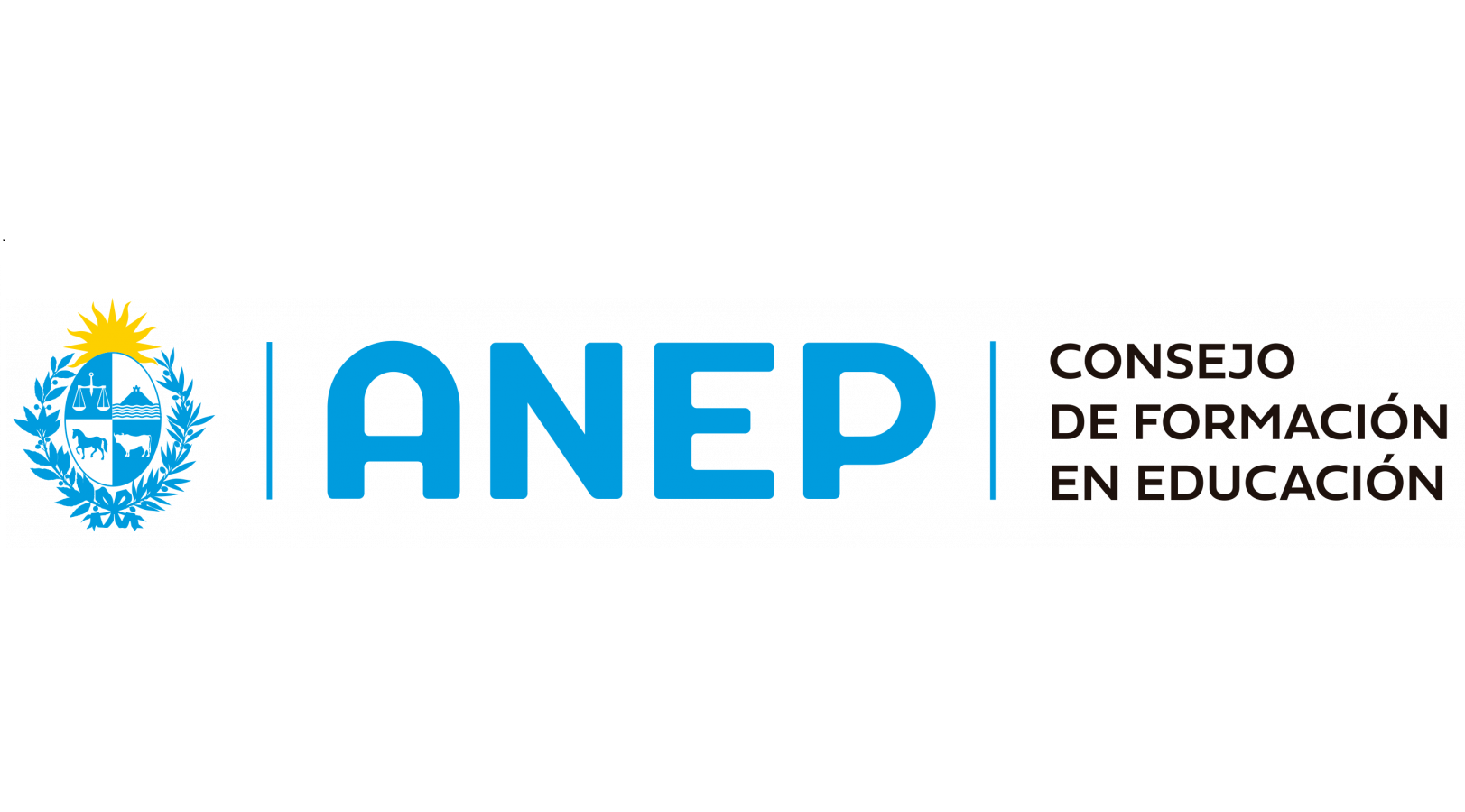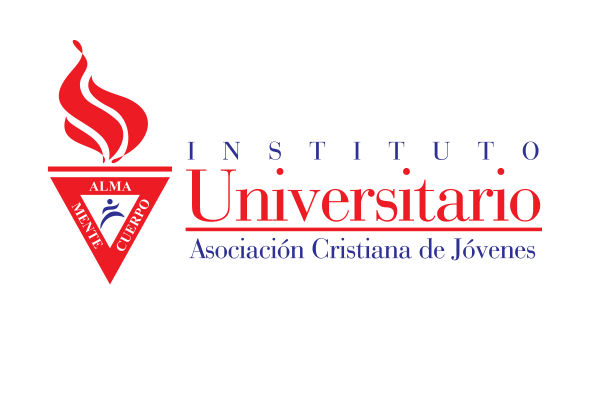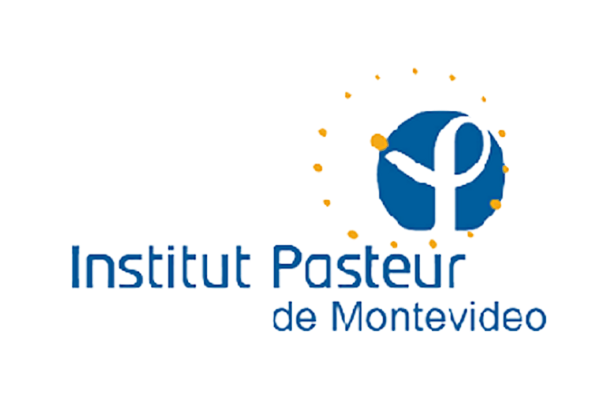Patients with advanced oral squamous cell carcinoma have high levels of soluble E-cadherin in the saliva
Resumen:
Background: The objective of this study was to assess the potential clinical value of the concentration of soluble salivary E-cadherin (sE-cadherin) compared with the clinical value of the resence of membranous E-cadherin (mE-cadherin) in oral squamous cell carcinoma tumor tissues. Material and Methods: Data regarding patient demographics, clinical stage, saliva and tumor tissue samples were collected. The saliva was analyzed for sE-cadherin protein levels and was compared to the mE-cadherin immunohistochemical expression levels in tumor tissues, which were assessed via the HercepTest® method. Patients without cancer were included in the study as a control group for comparisons of the sE-cadherin levels. Results: sE-cadherin levels in the saliva of patients without cancer were lower than those in patients with cancer, and the difference was statistically significant (p=0.031). Low mE-cadherin xpression was statistically significantly associated with lymph node positivity (p=0.015) and advanced clinical stage (p=0.001). The inverse relationship between mE-cadherin and sE-cadherin was significant in terms of lymph node positivity (p=0.014) and advanced clinical stage (p=0.037). Background: The objective of this study was to assess the potential clinical value of the concentration of soluble salivary E-cadherin (sE-cadherin) compared with the clinical value of the resence of membranous E-cadherin (mE-cadherin) in oral squamous cell carcinoma tumor tissues. Material and Methods: Data regarding patient demographics, clinical stage, saliva and tumor tissue samples were collected. The saliva was analyzed for sE-cadherin protein levels and was compared to the mE-cadherin immunohistochemical expression levels in tumor tissues, which were assessed via the HercepTest® method. Patients without cancer were included in the study as a control group for comparisons of the sE-cadherin levels. Results: sE-cadherin levels in the saliva of patients without cancer were lower than those in patients with cancer, and the difference was statistically significant (p=0.031). Low mE-cadherin xpression was statistically significantly associated with lymph node positivity (p=0.015) and advanced clinical stage (p=0.001). The inverse relationship between mE-cadherin and sE-cadherin was significant in terms of lymph node positivity (p=0.014) and advanced clinical stage (p=0.037). Background: The objective of this study was to assess the potential clinical value of the concentration of soluble salivary E-cadherin (sE-cadherin) compared with the clinical value of the resence of membranous E-cadherin (mE-cadherin) in oral squamous cell carcinoma tumor tissues. Material and Methods: Data regarding patient demographics, clinical stage, saliva and tumor tissue samples were collected. The saliva was analyzed for sE-cadherin protein levels and was compared to the mE-cadherin immunohistochemical expression levels in tumor tissues, which were assessed via the HercepTest® method. Patients without cancer were included in the study as a control group for comparisons of the sE-cadherin levels. Results: sE-cadherin levels in the saliva of patients without cancer were lower than those in patients with cancer, and the difference was statistically significant (p=0.031). Low mE-cadherin xpression was statistically significantly associated with lymph node positivity (p=0.015) and advanced clinical stage (p=0.001). The inverse relationship between mE-cadherin and sE-cadherin was significant in terms of lymph node positivity (p=0.014) and advanced clinical stage (p=0.037).
| 2017 | |
| Inglés | |
| Universidad de la República | |
| COLIBRI | |
| http://hdl.handle.net/20.500.12008/11111 | |
| Acceso abierto | |
| Licencia Creative Common Atribución (CC-BY) |












